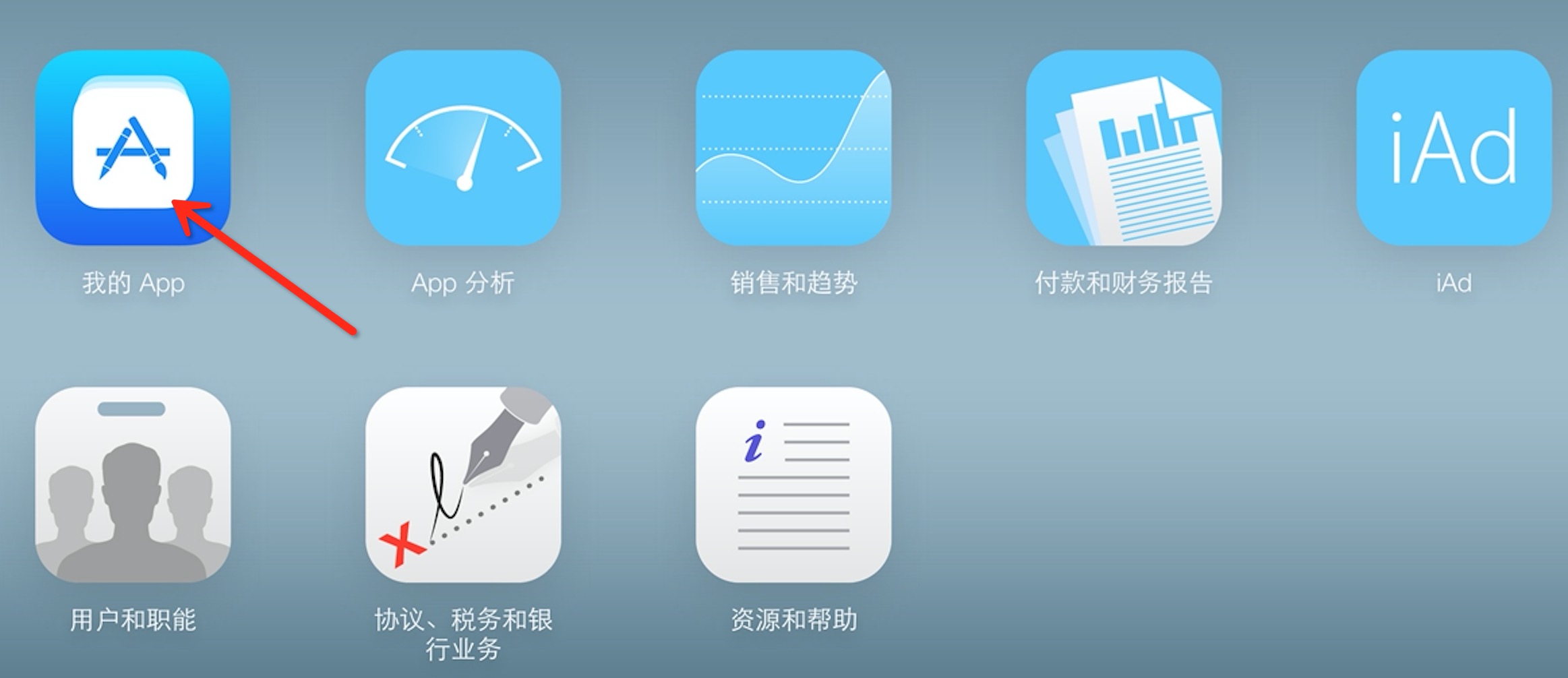UITableView-的cell 自定義 高度,樣式
UITableView的強大更多程度上來自於可以任意自定義UITableViewCell單元格。通常,UITableView中的Cell是動態的,在使用過程中,會創建一個Cell池,根據每個cell的高度(即tableView:heightForRowAtIndexPath:返回值),以及屏幕高度計算屏幕中可顯示幾個cell。而進行自定義TableViewCell無非是采用代碼實現或采用IB編輯nib文件來實現兩種方式,本文主要收集代碼的方式實現各種cell自定義。
如何動態調整Cell高度
- (UITableViewCell *)tableView:(UITableView *)tableView cellForRowAtIndexPath:(NSIndexPath *)indexPath {
static NSString *CellIdentifier = @"Cell";
UITableViewCell *cell = [tableView dequeueReusableCellWithIdentifier:CellIdentifier];
if (cell == nil) {
cell = [[[UITableViewCell alloc] initWithFrame:CGRectZero reuseIdentifier:CellIdentifier] autorelease];
UILabel *label = [[UILabel alloc] initWithFrame:CGRectZero];
label.tag = 1;
label.lineBreakMode = UILineBreakModeWordWrap;
label.highlightedTextColor = [UIColor whiteColor];
label.numberOfLines = 0;
label.opaque = NO; // 選中Opaque表示視圖後面的任何內容都不應該繪制
label.backgroundColor = [UIColor clearColor];
[cell.contentView addSubview:label];
[label release];
}
UILabel *label = (UILabel *)[cell viewWithTag:1];
NSString *text;
text = [textArray objectAtIndex:indexPath.row];
CGRect cellFrame = [cell frame];
cellFrame.origin = CGPointMake(0, 0);
label.text = text;
CGRect rect = CGRectInset(cellFrame, 2, 2);
label.frame = rect;
[label sizeToFit];
if (label.frame.size.height > 46) {
cellFrame.size.height = 50 + label.frame.size.height - 46;
}
else {
cellFrame.size.height = 50;
}
[cell setFrame:cellFrame];
return cell;
}
- (CGFloat)tableView:(UITableView *)tableView heightForRowAtIndexPath:(NSIndexPath *)indexPath
{
UITableViewCell *cell = [self tableView:tableView cellForRowAtIndexPath:indexPath];
return cell.frame.size.height;
}
如何用圖片自定義Table Separeator分割線
一般地,利用類似[tableView setSeparatorColor:[UIColor redColor]];語句即可修改cell中間分割線的顏色。那又如何用一個圖片作為分割線背景呢?可以嘗試如下:
方法一:
先設置cell separatorColor為clear,然後把圖片做的分割線添加到自定義的custom cell上。
方法二:
在cell裡添加一個像素的imageView後將圖片載入進,之後設置tableView.separatorStyle = UITableViewCellSeparatorStyleNone
自定義首行Cell與其上面導航欄間距
tableView.tableHeaderView = [[[UIView alloc] initWithFrame:CGRectMake(0,0,5,20)] autorelease];
自定義UITableViewCell的accessory樣式
默認的accessoryType屬性有四種取值:UITableViewCellAccessoryNone、UITableViewCellAccessoryDisclosureIndicator、UITableViewCellAccessoryDetailDisclosureButton、UITableViewCellAccessoryCheckmark。如果想使用自定義附件按鈕的其他樣式,則需使用UITableView的accessoryView屬性來指定。
UIButton *button;
if(isEditableOrNot) {
UIImage *image = [UIImage imageNamed:@"delete.png"];
button = [UIButton buttonWithType:UIButtonTypeCustom];
CGRect frame = CGRectMake(0.0,0.0,image.size.width,image.size.height);
button.frame = frame;
[button setBackgroundImage:image forState:UIControlStateNormal];
button.backgroundColor = [UIColor clearColor];
cell.accessoryView = button;
}else{
button = [UIButton buttonWithType:UIButtonTypeCustom];
button.backgroundColor = [UIColor clearColor];
cell.accessoryView = button;
}
以上代碼僅僅是定義了附件按鈕兩種狀態下的樣式,問題是現在這個自定義附件按鈕的事件仍不可用。即事件還無法傳遞到UITableViewDelegate的accessoryButtonTappedForRowWithIndexPath方法上。當我們在上述代碼中在加入以下語句:
[button addTarget:self action:@selector(btnClicked:event:) forControlEvents:UIControlEventTouchUpInside];
後,雖然可以捕捉到每個附件按鈕的點擊事件,但我們還無法進行區別到底是哪一行的附件按鈕發生了點擊動作!因為addTarget:方法最多允許傳遞兩個參數:target和event,這兩個參數都有各自的用途了(target指向事件委托對象,event指向所發生的事件)。看來只依靠Cocoa框架已經無法做到了。
但我們還是可以利用event參數,在自定義的btnClicked方法中判斷出事件發生在UITableView的哪一個cell上。因為UITableView有一個很關鍵的方法indexPathForRowAtPoint,可以根據觸摸發生的位置,返回觸摸發生在哪一個cell的indexPath。而且通過event對象,正好也可以獲得每個觸摸在視圖中的位置。
// 檢查用戶點擊按鈕時的位置,並轉發事件到對應的accessory tapped事件
- (void)btnClicked:(id)sender event:(id)event
{
NSSet *touches = [event allTouches];
UITouch *touch = [touches anyObject];
CGPoint currentTouchPosition = [touch locationInView:self.tableView];
NSIndexPath *indexPath = [self.tableView indexPathForRowAtPoint:currentTouchPosition];
if(indexPath != nil)
{
[self tableView:self.tableView accessoryButtonTappedForRowWithIndexPath:indexPath];
}
}
這樣,UITableView的accessoryButtonTappedForRowWithIndexPath方法會被觸發,並且獲得一個indexPath參數。通過這個indexPath參數,我們即可區分到底哪一行的附件按鈕發生了觸摸事件。
- (void)tableView:(UITableView *)tableView accessoryButtonTappedForRowWithIndexPath:(NSIndexPath *)indexPath
{
int *idx = indexPath.row;
//這裡加入自己的邏輯
}
- 上一頁:iphone QQ協議
- 下一頁:自己寫的動畫函數,方便啊
- iOS開源一個簡略的訂餐app UI框架
- 在uiview 的tableView中點擊cell進入跳轉到另外一個界面的完成辦法
- iOS開辟之UIScrollView控件詳解
- 進修iOS自界說導航掌握器UINavigationController
- iOS仿熱點話題熱門輪播界面tableView
- IOS中UITableView轉動到指定地位
- iOS為UIView設置暗影後果
- iOS設置UIButton文字顯示地位和字體年夜小、色彩的辦法
- iOS開辟之UIPickerView完成城市選擇器的步調詳解
- iOS長按UIlabel完成可復制功效
- iOS開辟中UIWebView的加載當地數據的三種方法
- iOS中修正UITextField占位符字體色彩的辦法總結
- IOS 仿時間網選票UI實例代碼
- iOS推送之當地告訴UILocalNotification
- 應用UITextField限制只可輸出中,英文,數字的辦法




